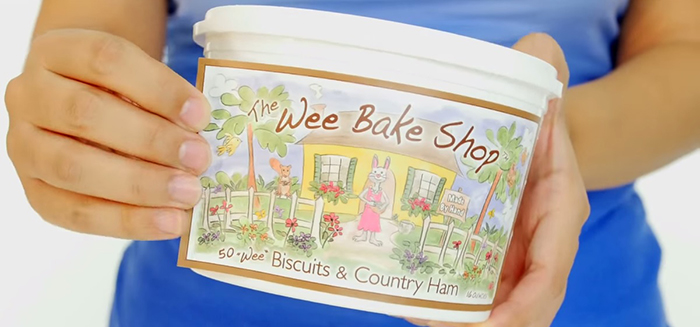
We often talk about what goes into designing labels or selecting materials, but there’s another topic that is equally important to achieving successful labels: application. There are two main methods for applying pressure sensitive labels – by hand or machine. There are benefits and drawbacks when you hand or machine apply custom labels (check out our Hand vs. Machine Applied video to learn more). In this article, we’ll give you label application tips to help you achieve optimal results whether you’re applying labels by hand or machine.
Apply Custom Labels Like An Expert
It’s probably no surprise that hand applying labels is less expensive than buying label application equipment – that is until your labeling needs grow. Hand application can be too time-consuming and cost you extra in labor if you have hundreds or thousands of labels to apply. Label machine applicators can range in size and price depending on your labeling needs. Our Labeling Equipment Types guide can give you a better idea of what’s out there to best match your label application needs. Whether you apply custom labels by hand or machine, there are some things you can do to ensure the labels stick well and look good.
- Consider a repositionable adhesive for hand applications: Applying labels by hand can result in a crooked label which can make having a repositionable label come in handy. A repositionable adhesive has short-term removability, allowing the label to be removed and reapplied without losing much adhesion – perfect for straightening a recently applied label or reapplying a mislabeled item to something else.
- Take temperature into account: Extreme temperatures can create application issues if the label’s adhesive isn’t designed to handle freezing surfaces/environments. We suggest applying your pressure sensitive labels at room temperature, however, if you need to apply labels below 50 °F, we suggest using a “cold temp” or “all temp” adhesive to ensure the adhesive doesn’t freeze making the label unable to stick.
- Start with a clean surface: The item that you’re labeling – whether it’s a bottle, cardboard box or envelope – doesn’t need to be squeaky clean but it should be free of grease, dust, and other particles. It’s easier for your label’s adhesive to bond with a clean surface because it’s getting more exposure to the surface thus creating a better bond.
- Apply clear labels with a machine: Hand applying clear labels can be problematic because it’s easier for air to get trapped between the label and surface thereby causing unsightly bubbles. If you have clear labels, we suggest using a machine applicator because it will apply the label more smoothly so bubbling is less likely.
- Keep the surface moisture-free: Water and other solvents (alcohol, petrochemicals, plasticizers, etc.) can make it hard for your labels to adhere to the surface. Moisture not only creates a barrier for the adhesive to bond with the surface but it can also weaken the adhesive’s strength. If you’re in a situation where moisture is unavoidable, let your customer service rep know so they can help you select a more aggressive adhesive.
Whichever application method you choose, it’s important that you have a strategy going into the application process. Machine applying labels require some extra thought because you want to make sure you’re investing in the right type of machinery that best fits your operations. The Easy Labeler and Zap Labeler are labeling machines that can fit on a tabletop making them good options if you need something more robust than hand application but not quite as big as a semi-automatic labeling machine or rotary system. Curious to see how a manual labeling machine works? Check out our videos to see demos of the Easy Labeler and Zap Labeler!


